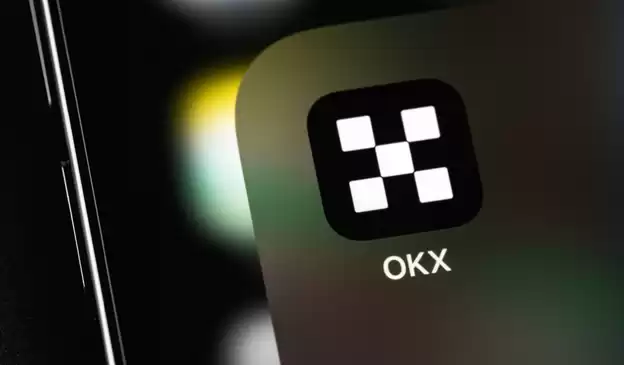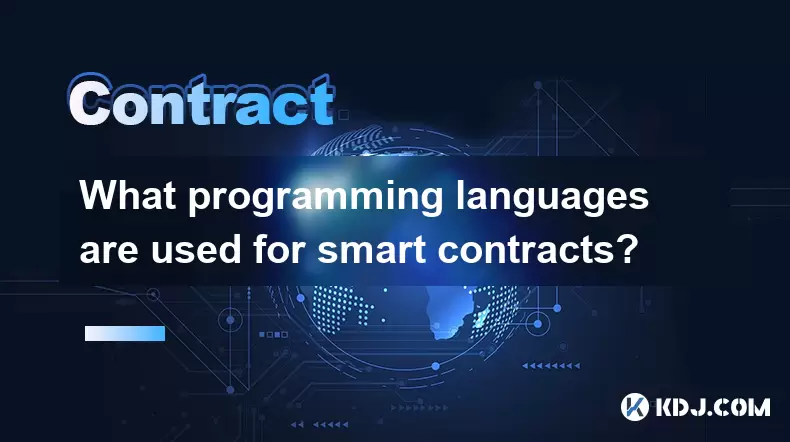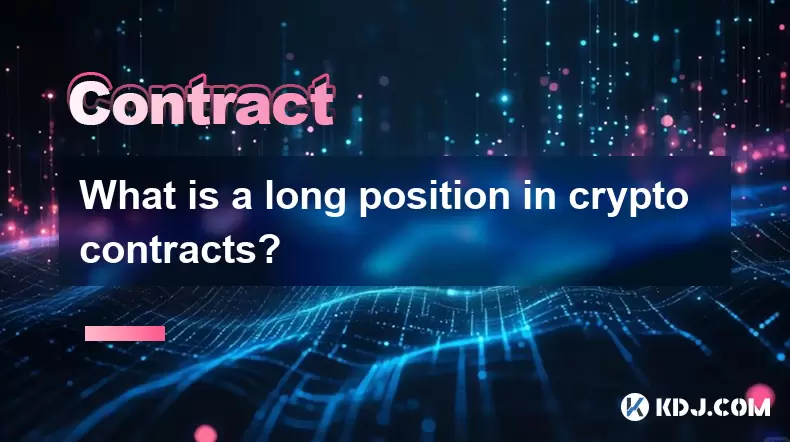-
 Bitcoin
Bitcoin $116700
2.16% -
 Ethereum
Ethereum $3830
5.76% -
 XRP
XRP $3.082
4.56% -
 Tether USDt
Tether USDt $1.000
0.04% -
 BNB
BNB $777.8
1.96% -
 Solana
Solana $173.2
5.46% -
 USDC
USDC $0.0000
0.02% -
 Dogecoin
Dogecoin $0.2146
6.85% -
 TRON
TRON $0.3384
0.92% -
 Cardano
Cardano $0.7676
5.51% -
 Hyperliquid
Hyperliquid $39.28
4.90% -
 Sui
Sui $3.723
9.07% -
 Stellar
Stellar $0.4164
6.32% -
 Chainlink
Chainlink $17.36
5.78% -
 Bitcoin Cash
Bitcoin Cash $580.9
3.62% -
 Hedera
Hedera $0.2544
5.50% -
 Ethena USDe
Ethena USDe $1.001
0.02% -
 Avalanche
Avalanche $22.81
3.81% -
 Litecoin
Litecoin $120.8
3.60% -
 UNUS SED LEO
UNUS SED LEO $8.956
-0.35% -
 Toncoin
Toncoin $3.311
4.28% -
 Shiba Inu
Shiba Inu $0.00001266
4.15% -
 Uniswap
Uniswap $10.10
5.97% -
 Polkadot
Polkadot $3.786
4.80% -
 Dai
Dai $1.000
0.01% -
 Monero
Monero $280.4
-4.02% -
 Bitget Token
Bitget Token $4.405
1.69% -
 Cronos
Cronos $0.1480
5.13% -
 Pepe
Pepe $0.00001087
5.67% -
 Ethena
Ethena $0.6348
11.62%
How to calculate OKX contract margin
Understanding contract margin on the OKX exchange is essential for traders to maximize their returns and effectively manage risks while leveraging the platform's robust contract trading capabilities.
Nov 11, 2024 at 05:42 am

Understanding OKX Contract Margin
OKX exchange offers a robust platform for contract trading, allowing users to leverage and multiply their potential returns. Comprehending how contract margin functions is crucial for effective risk management and profit optimization. This article delves into the intricacies of calculating OKX contract margin, providing a step-by-step guide to guide traders through the process.
Steps to Calculate OKX Contract Margin:
Calculating Contract Value:
- Determine the underlying asset price (e.g., BTC, ETH).
- Multiply the asset price by the contract size (e.g., 100 USDT).
- The result is the contract value (e.g., 1 BTC = $20,000, 1 ETH = $1,000, contract size = 100 USDT; therefore, contract value = 100 x 20,000 = 2,000,000 USDT).
Calculating Margin Percentage:
- OKX offers varying margin percentages based on the contract type, ranging from 0.5% to 20%.
- Select the appropriate margin percentage for your risk tolerance and trading strategy.
Calculating Required Margin:
- Multiply the contract value by the margin percentage (e.g., contract value = 2,000,000 USDT, margin percentage = 10%; therefore, required margin = 2,000,000 x 0.10 = 200,000 USDT).
Funding the Margin Account:
- Transfer sufficient USDT or other supported cryptocurrencies to your OKX contract margin account (e.g., for a required margin of 200,000 USDT, ensure your margin account balance is at least 200,000 USDT).
Placing a Contract Order:
- Once the margin account is funded, navigate to the contract trading interface.
- Select the desired contract type (e.g., BTCUSDT perpetual), specify the order size, and enter the buy/sell limit.
Monitoring Margin Utilization:
- Keep track of your margin utilization, which reflects the percentage of your margin account balance used as collateral for open positions.
- If margin utilization exceeds 100%, a margin call may occur, forcing you to either increase your margin or close your positions.
Managing Risk:
- Utilize automated tools such as stop-loss orders to mitigate potential losses.
- Monitor market volatility and news events that could impact contract prices.
- Consider using multiple positions and diversifying your holdings to reduce single-contract risk.
Understanding Leverage:
- OKX contract trading employs leverage, which magnifies both potential profits and losses.
- Leverage is expressed as a ratio, with higher ratios resulting in greater risk.
- Choose an appropriate leverage level that aligns with your risk appetite and trading strategy.
Additional Considerations:
- Funding Fees: OKX may impose funding fees on perpetual contracts to incentivize traders to maintain balanced positions.
- Maintenance Margin: OKX requires a maintenance margin to prevent liquidation in case of price fluctuations. It is typically 50% of the initial margin.
- Cross and Isolated Margin: OKX offers both cross and isolated margin options. Cross margin allows all available margin to cover multiple positions, while isolated margin allocates margin to specific positions.
- Risk Management Tools: OKX provides various risk management tools, including stop-loss orders, conditional take-profit, and trailing stop-loss.
Disclaimer:info@kdj.com
The information provided is not trading advice. kdj.com does not assume any responsibility for any investments made based on the information provided in this article. Cryptocurrencies are highly volatile and it is highly recommended that you invest with caution after thorough research!
If you believe that the content used on this website infringes your copyright, please contact us immediately (info@kdj.com) and we will delete it promptly.
- BlockchainFX, Bitcoin Swift, Crypto Presales: What's the Hype?
- 2025-08-07 19:10:13
- SHIB Community at Crossroads: Shytoshi Kusama's Leadership Under Scrutiny as Elections Loom
- 2025-08-07 18:30:13
- IREN Overtakes: A New King in the Bitcoin Miner Hashrate Race?
- 2025-08-07 16:31:29
- Memecoins Mania: Whales Eye Pepe Dollar (PEPD) as Bonk Cools Off, While MoonBull Hogs the Spotlight!
- 2025-08-07 16:51:17
- Unilabs, PEPE, and Investment Risk: Navigating the Crypto Hype
- 2025-08-07 16:31:29
- Meme Coin Mania: Rug Pulls, CZ-Inspired Tokens, and the Wild West of Crypto
- 2025-08-07 16:57:14
Related knowledge

What programming languages are used for smart contracts?
Aug 07,2025 at 06:07pm
Understanding Smart Contracts and Their Execution EnvironmentSmart contracts are self-executing programs deployed on blockchain networks that automati...

What is a long position in crypto contracts?
Aug 07,2025 at 06:29pm
Understanding the Concept of a Long Position in Crypto ContractsA long position in crypto contracts refers to a trading strategy where a trader buys a...

Why is my Bitstamp futures position being liquidated?
Jul 23,2025 at 11:08am
Understanding Futures Liquidation on BitstampFutures trading on Bitstamp involves borrowing funds to open leveraged positions, which amplifies both po...

How to report Bitstamp futures for taxes?
Jul 30,2025 at 08:35am
Understanding Bitstamp Futures and Taxable EventsWhen trading Bitstamp futures, it’s essential to recognize that these financial instruments are treat...

Does Bitstamp offer inverse contracts?
Jul 23,2025 at 01:28pm
Understanding Inverse Contracts in Cryptocurrency TradingIn the realm of cryptocurrency derivatives, inverse contracts are a specific type of futures ...

What is the difference between futures and perpetuals on Bitstamp?
Jul 27,2025 at 05:08am
Understanding Futures Contracts on BitstampFutures contracts on Bitstamp are financial derivatives that allow traders to speculate on the future price...

What programming languages are used for smart contracts?
Aug 07,2025 at 06:07pm
Understanding Smart Contracts and Their Execution EnvironmentSmart contracts are self-executing programs deployed on blockchain networks that automati...

What is a long position in crypto contracts?
Aug 07,2025 at 06:29pm
Understanding the Concept of a Long Position in Crypto ContractsA long position in crypto contracts refers to a trading strategy where a trader buys a...

Why is my Bitstamp futures position being liquidated?
Jul 23,2025 at 11:08am
Understanding Futures Liquidation on BitstampFutures trading on Bitstamp involves borrowing funds to open leveraged positions, which amplifies both po...

How to report Bitstamp futures for taxes?
Jul 30,2025 at 08:35am
Understanding Bitstamp Futures and Taxable EventsWhen trading Bitstamp futures, it’s essential to recognize that these financial instruments are treat...

Does Bitstamp offer inverse contracts?
Jul 23,2025 at 01:28pm
Understanding Inverse Contracts in Cryptocurrency TradingIn the realm of cryptocurrency derivatives, inverse contracts are a specific type of futures ...

What is the difference between futures and perpetuals on Bitstamp?
Jul 27,2025 at 05:08am
Understanding Futures Contracts on BitstampFutures contracts on Bitstamp are financial derivatives that allow traders to speculate on the future price...
See all articles

























































































